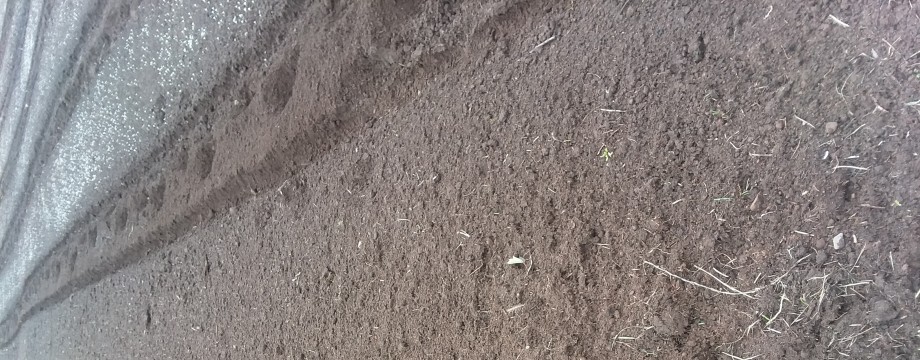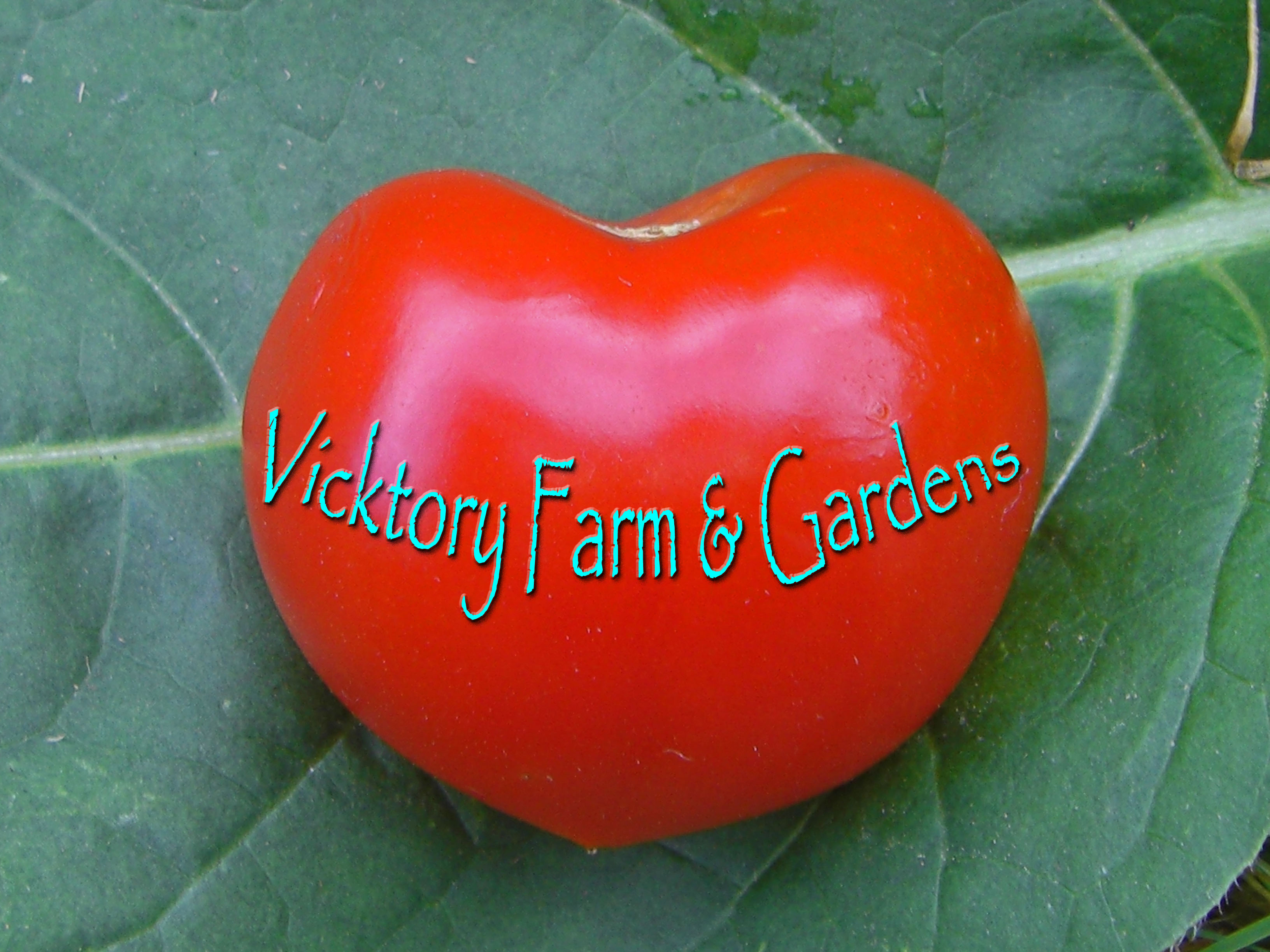But then really, you can read sound creation as the creation of sound, man’s, or animal’s, or instrument’s. The creation of sound waves, the waves that come into contact with our ears’ tympanic membrane, transferred to the stirrup shaped stapes, that then transfers it to the fluid in the auditory canal, the movement of the fluid causing the filaments to move and the whole thing picked up by the eighth cranial nerve, taken to the brain to be interpreted not only as sound but as a distinct sound that often means something very meaningful to the hearer. (if the ear alone doesn’t point someone to the reality of one Creator, then …)
On the Farm, nothing creates sound waves like the girl with the feed bucket.
Be it the clearly starved sheep,

They follow her everywhere (even if they can't see her bucket they know she probably has one hidden somewhere).
Or the poultry.
The girl with the feed bucket, or the absence of her, creates much of our morning and evening sound.
When Dirt and I were first pretending to be farmers (we’ll let you know when we’re done pretending and ready to be farmers for reals) I read an article in the the Stockman Journal with the title: Do You Feed By Ration or Volume? At first I was sure that the article was about to draw some comparison to feeding by weight or by volume, ie, gallon scoop. But then I couldn’t figure out why weight would be referred to as ration and volume by volume.
As I continued to read I had to laugh at my interpretation of the title and then at both Dirt and I. The author was speaking of the volume of noise that the critters create in response to the presence of the farmer. He claimed that many an animal husband over-fed their animals because they responded to the beggings and pleadings of the animals and not the calculated feed ration, be it by weight or volume (which he did point out that weight was the more reliable but that once you established the necessary volume by a initial weight of the feed product then you were good to go with volume).
That was certainly true of Dirt and I, all we had to do was turn the handle on the door of the house and that would cause the sheep to begin to beller and head for the barn if they weren’t there already. Which of course, whether we were going outside to do chores or not, would cause us to think the sheep needed to be fed again. So even if it was the car we were headed to, we would swing pass the barn and stuff some more hay into the feeder in the middle stall where all the sheep hung out even though the could go out to the pasture. Our sheep were fat.
Luckily this correction of our “method” came before any real trouble, other than wasting feed, could come along. Over feeding can cause problems in livestock just like it can in humans, and pets. Even more so. The whole point of keeping livestock is reproduction, and a high rate of reproduction, and that doesn’t happen with fat animals. And even if it does, birthing with over fed animals is not fun, even with a bit better management of feed stuffs we have spent a good bit of time stuffing body parts back into over-fed ewes.
Sometimes breeding and birthing problems come even when you haven’t over-fed, but when you do over-feed they are darn near a guarantee. A livestock person really has got to get their hands on their animals to figure out what they should or shouldn’t change.
Condition scoring can tell you if you need to up the ration, cut back the ration, deal with disease or parasites, or cull an animal that can’t keep up with the others. An animal’s condition score is based on what the livestock manager feels as they move their hand down the spine and over the ribs and hips of the animal.
You can compare it to your hand. If you make a fist with one hand and take your fingers and run them across the top of your knuckles, that would feel similar to the spine of an animal with a condition score of 1. Rub your fingers tips across your fist where your rings go and you’re feeling a condition score of about a two, rub across the back of your hand and that’s a three. Between threes and fours, depending on the season, is where you want most sheep. A condition score of five, when you cannot feel any bony prominences at all and in fact your fingers mush into fat, is not what you want. A condition score of five isn’t even all that good if you’re intending to slaughter the animal, that’s a lot of fat to cut through, a lot of wasted feed stuffs, which translates to wasted money.
Well, not sure how I got here to condition scoring sheep from “sound creation”. But that’s usually the fare here isn’t it Dear Reader, we start in one place and end in a whole nuther spot eh? Go see what the fellas have for “Sound Creation” today (Dave, Fishing_Guy, Mac, and Gail’s Man). And hopefully I will be more successful with doing more than one post and one visit a week this week. We’ll see. I’ve been terribly busy sitting around eating bon-bons and watchin’… aw you know I’m jokin’ eh?

Rory is not to be out done by any ol' sheep, or a bunch of poultry. Bet is her friend and no one else's
Have a great rest of the week if I don’t get back here and there.





Great post Lanny. I loved the photos you shared and can just imagine the sounds of the animals following EBet! That Rory is a cutie! Blessings to each of you.
Lanny: Very neat post, great start and a fun story to go with the photo of the sheep feeding.
Lol Food, my kind of Sound Creation, nice post my friend.
sounds like pavlov’s dog! well, and me but who’s counting? ha ha
smiles, bee
xoxoxoxoxooxox
HA! Funny story, Lanny! That first picture is so hilarious. It looks like the sheep are going to run poor Bet over. Reminded me of the running of the bulls, except you have the running of the sheep! HA HA HA! Hope you have a great day!
Great post Lanny. We only have a few chickens but they certainly come running and clucking every time they see us hollering for food even when their feeder is already full.
lol ~ I was definitely feeding by volume, until I noticed the goat girls rather … Rolled instead of Strolled on our walks… 😉 Nice post Lanny, I enjoy reading all of them!
Hi! Mom!
Oh!